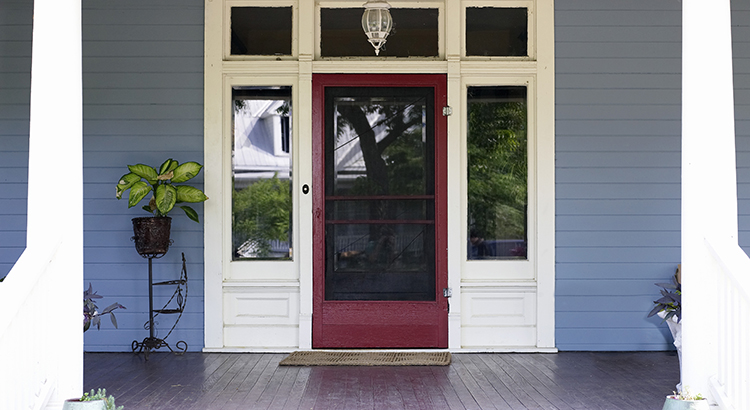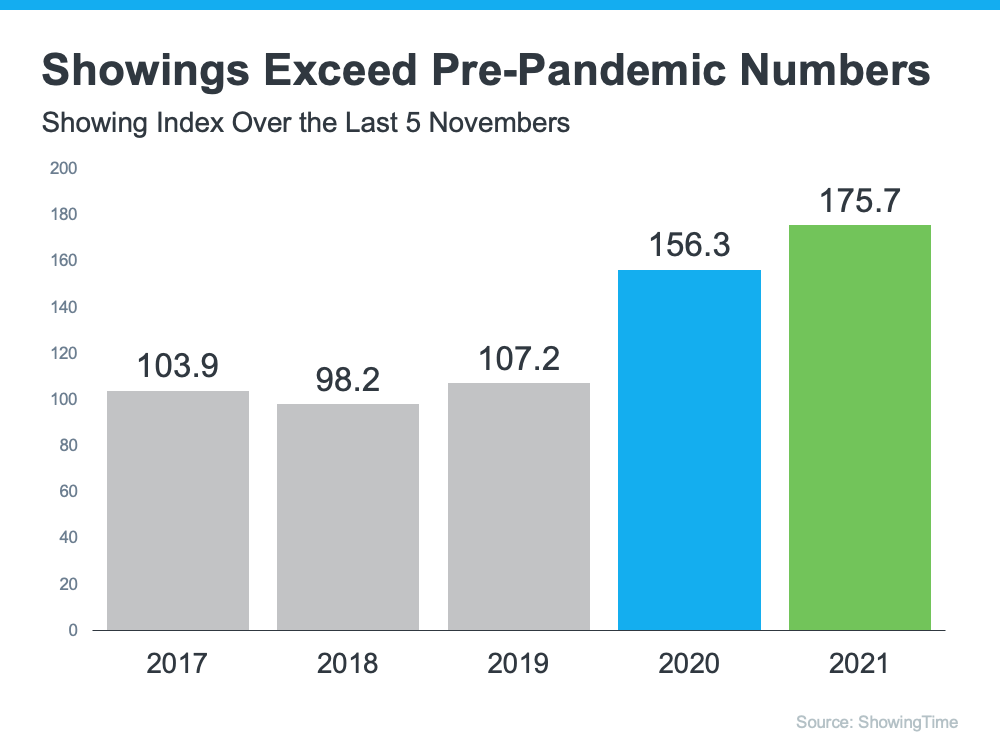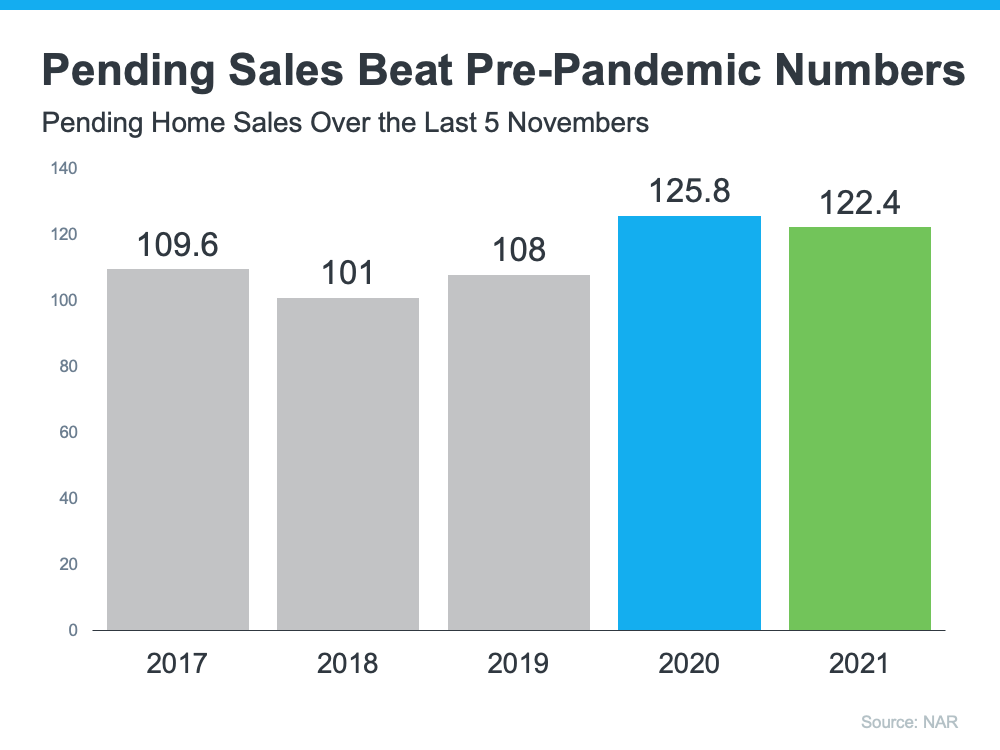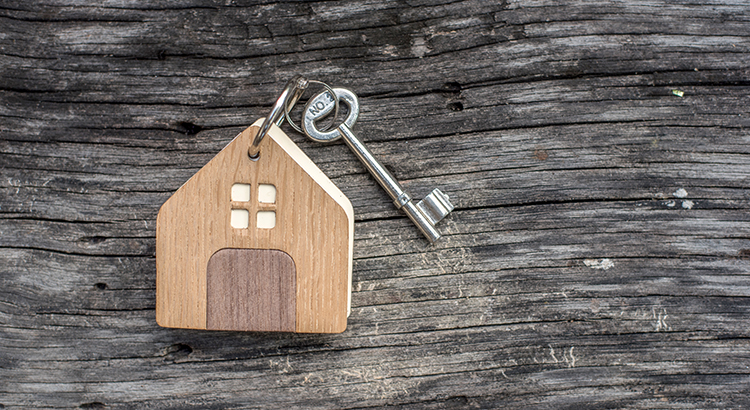Bear Issues on Mt. Hood
It appears there are increasing problems not only in the Mt. Hood area but in Hood River also. This information recently appeared concerning bears in the Hood River area and some tips from ODFW
Oregon Fish and Wildlife ODFW responds to garbage bear problems in Hood River area; Residents reminded it is against the law to feed wildlife in Oregon Black bears June 24, 2022 HOOD RIVER, Ore. – ODFW is urging residents in the Hood River area and other towns along the Cascades to take steps to prevent bear problems. The bears have torn down bird feeders, gotten into trash cans and a smoker, damaged fences and dug up gardens. The bears have been repeatedly seen around homes during the day and appear undeterred by efforts to haze them such as setting off car alarms or using other noise-making techniques. "Black bears are moving through neighborhoods in the Hood River area looking for a free meal," said Jeremy Thompson, ODFW district wildlife biologist based in The Dalles. "Garbage cans left unsecured and bird feeders are the main attractants that we’ve seen this spring." Once a bear gains access to human food or garbage and becomes habituated it can lose its natural fear of humans, which can lead to a variety of safety problems for both people and bears.
ODFW will not relocate bears it considers habituated, because these bears simply return or repeat the behavior elsewhere. "It’s unfortunate to have to put down a bear that is a public safety risk simply because it got easy access to food from people," added Thompson. It is illegal to either directly or indirectly feed bears (ORS 496.730) and can result in a criminal citation (Class A misdemeanor) by Oregon State Police.
Some basic safety tips include: Never feed bears. Store garbage cans in a garage or shed or purchase bear-resistant garbage cans if possible. Put garbage cans out just before pick-up. Keep pet food inside. Remove bird feeders. Keep BBQ grills and smokers clean or in garage. Clean up fruit under fruit trees. Keep all food stored outdoors (patio refrigerators, etc.) locked As bears are in the area,
ODFW also shares advice for what to do if you encounter a bear: STOP: Never approach a bear at any time for any reason. If you see bear cubs, leave the area. GIVE IT SPACE: Give any bear you encounter a way to escape. STAY CALM: Do not run or make sudden movements. Face the bear and slowly back away. AVOID EYE CONTACT: Don't make eye contact with the bear. DON'T RUN: It may encourage the bear to chase you. FIGHT BACK: In the unlikely event you are attacked, fight back, shout, be aggressive, use rocks, sticks and hands.




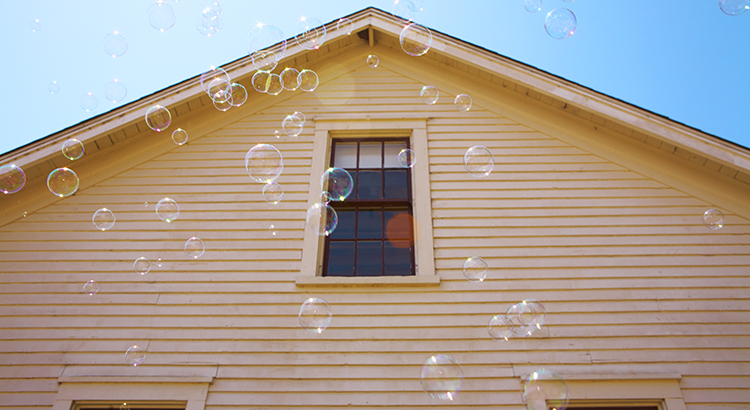
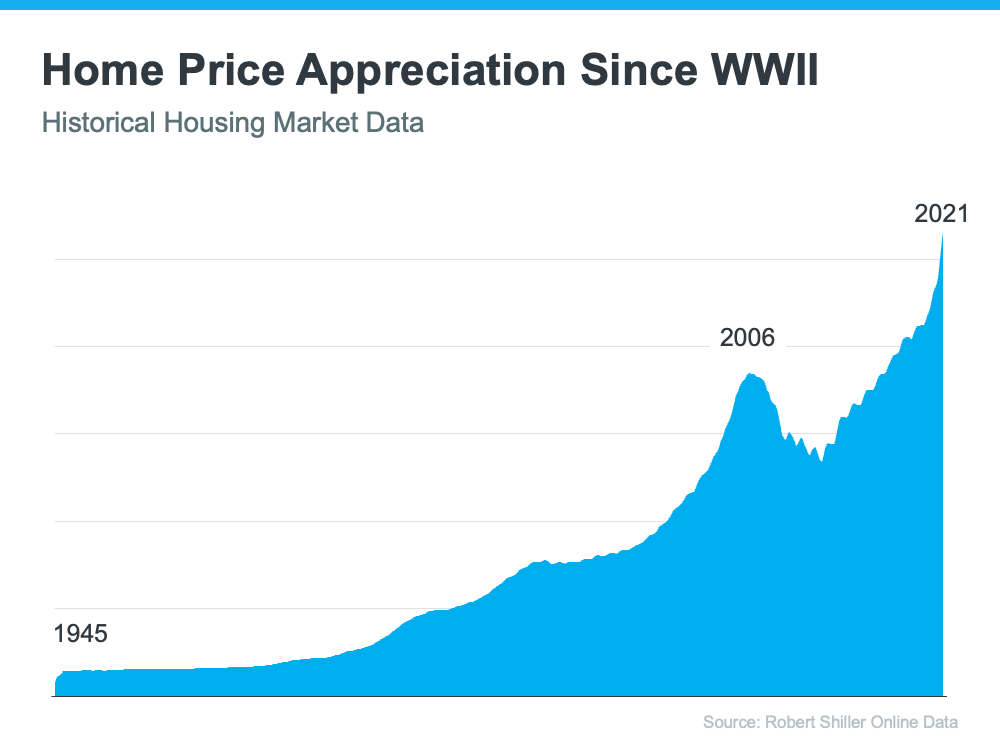
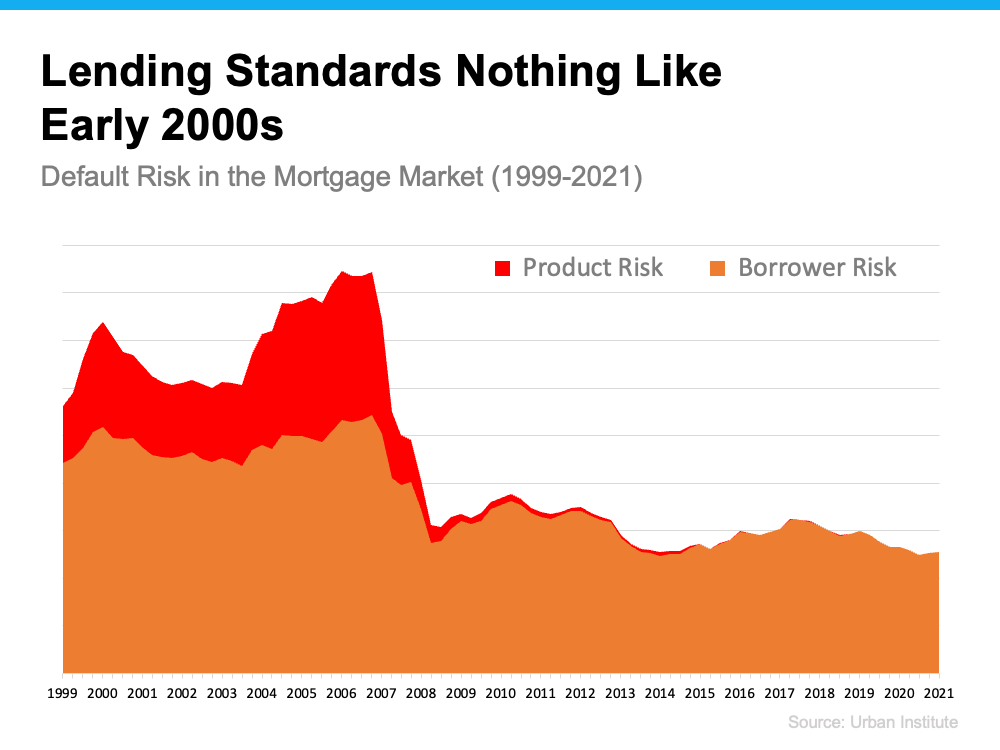
![The Difference Between Renting and Owning [INFOGRAPHIC] | MyKCM](https://files.mykcm.com/2022/02/24130106/20220225-MEM-1046x2279.png)
